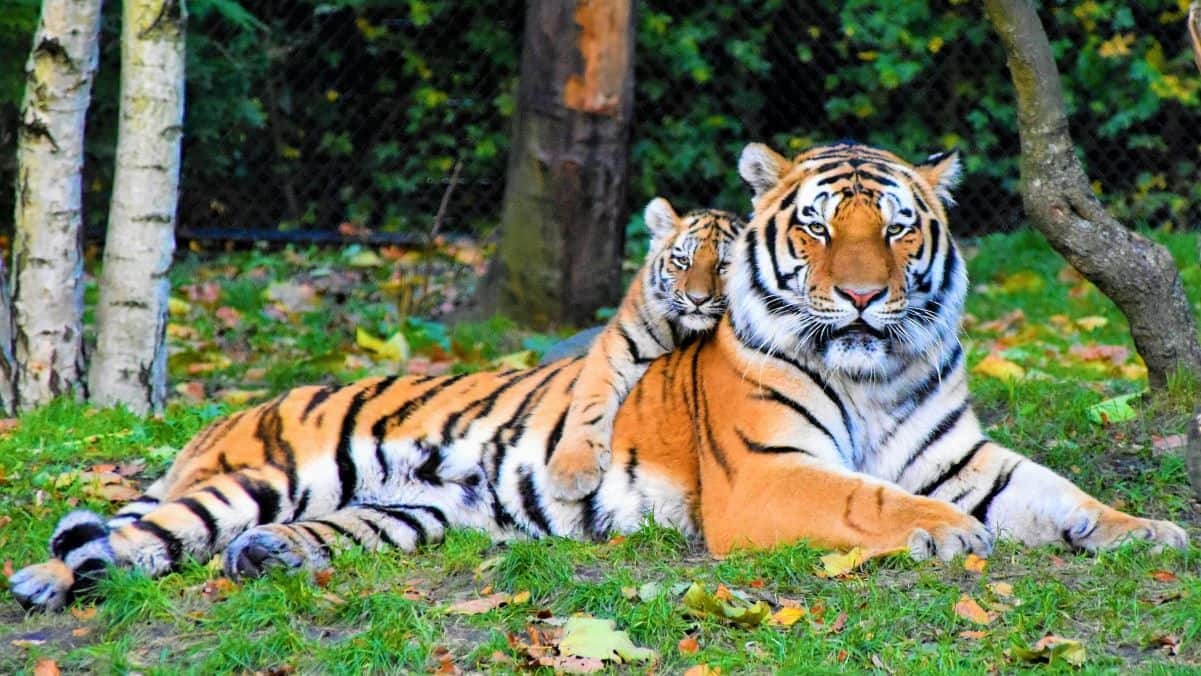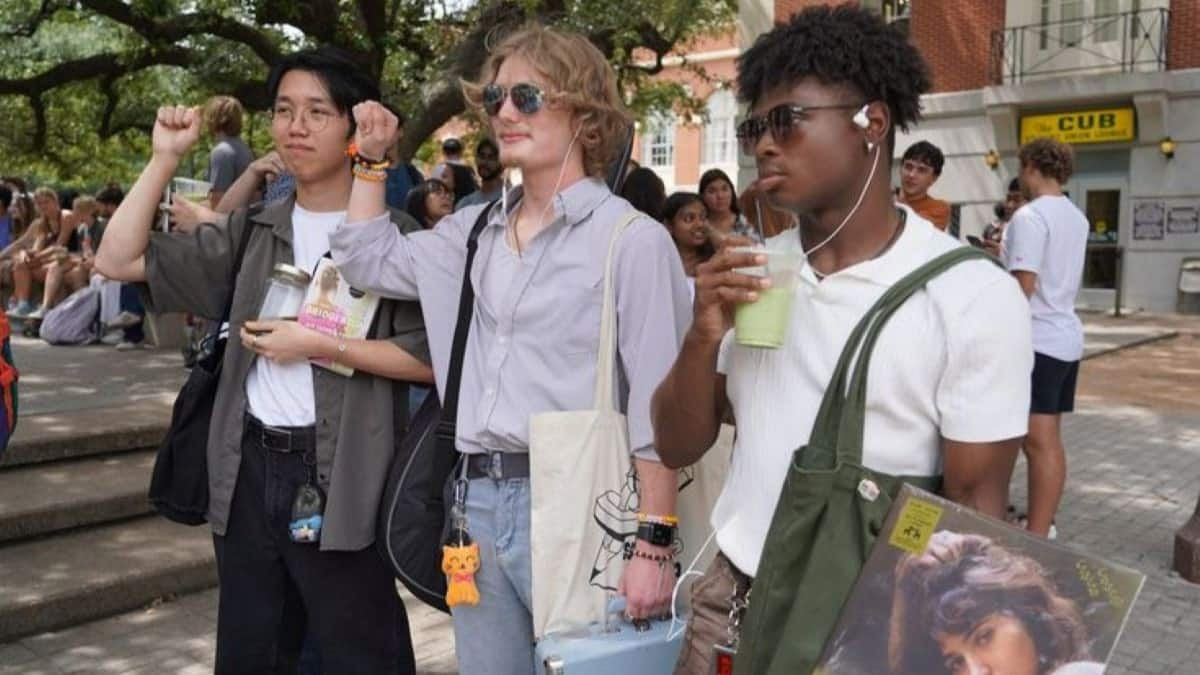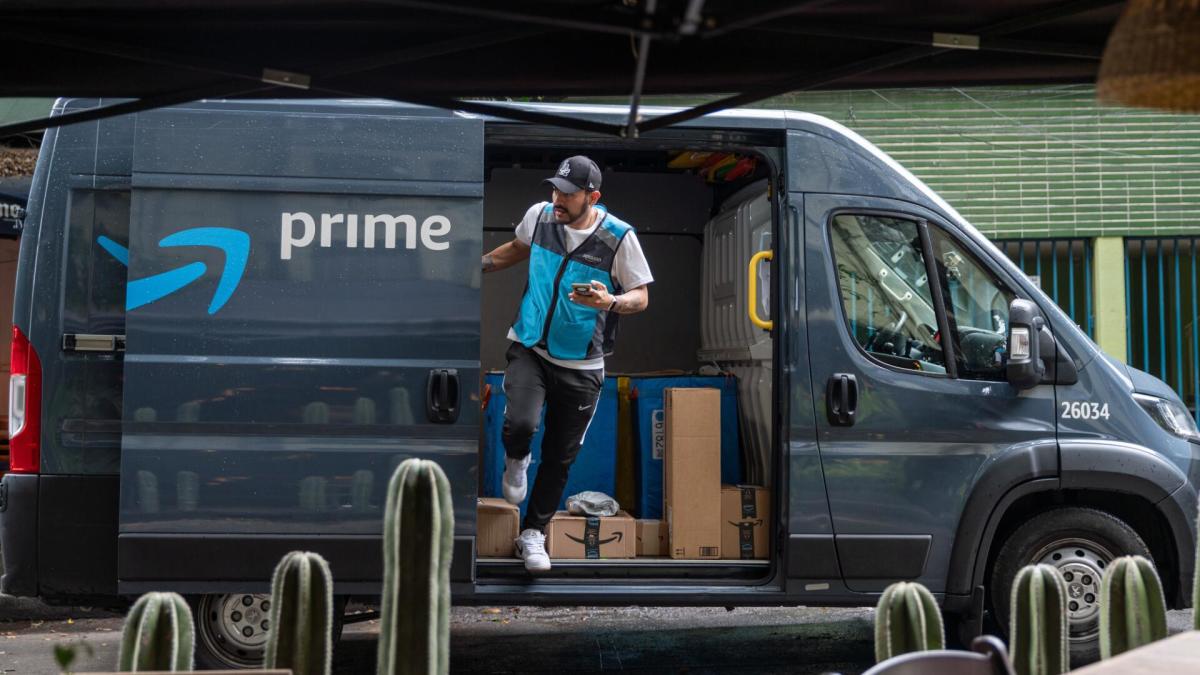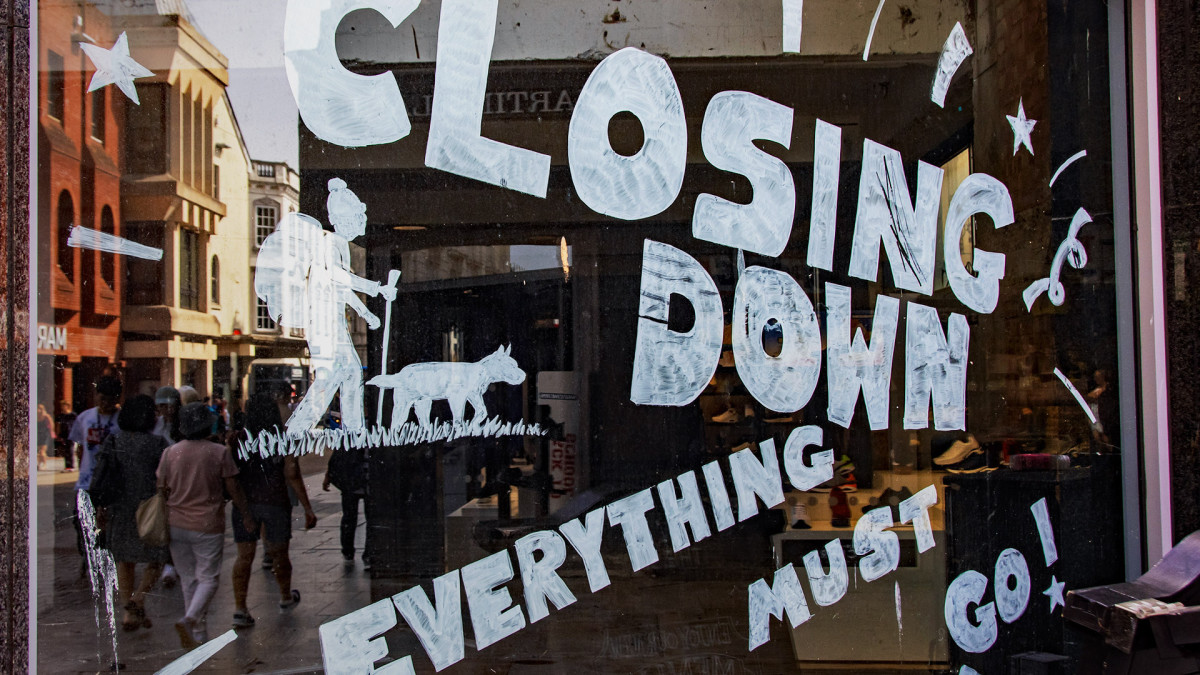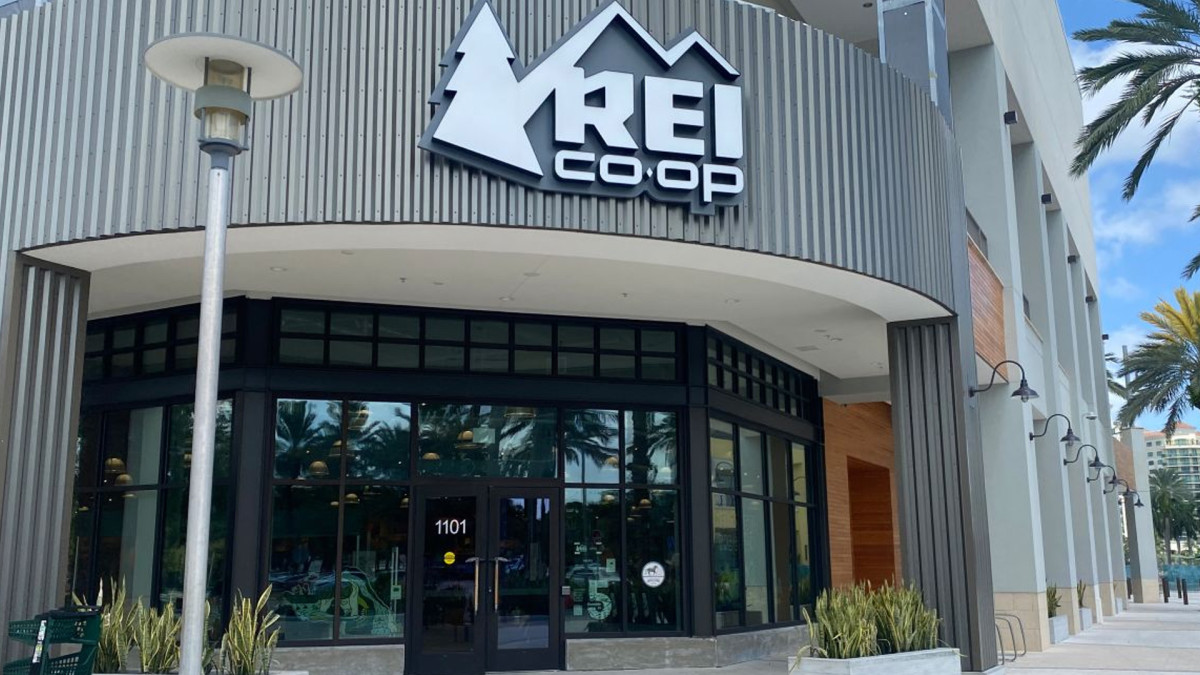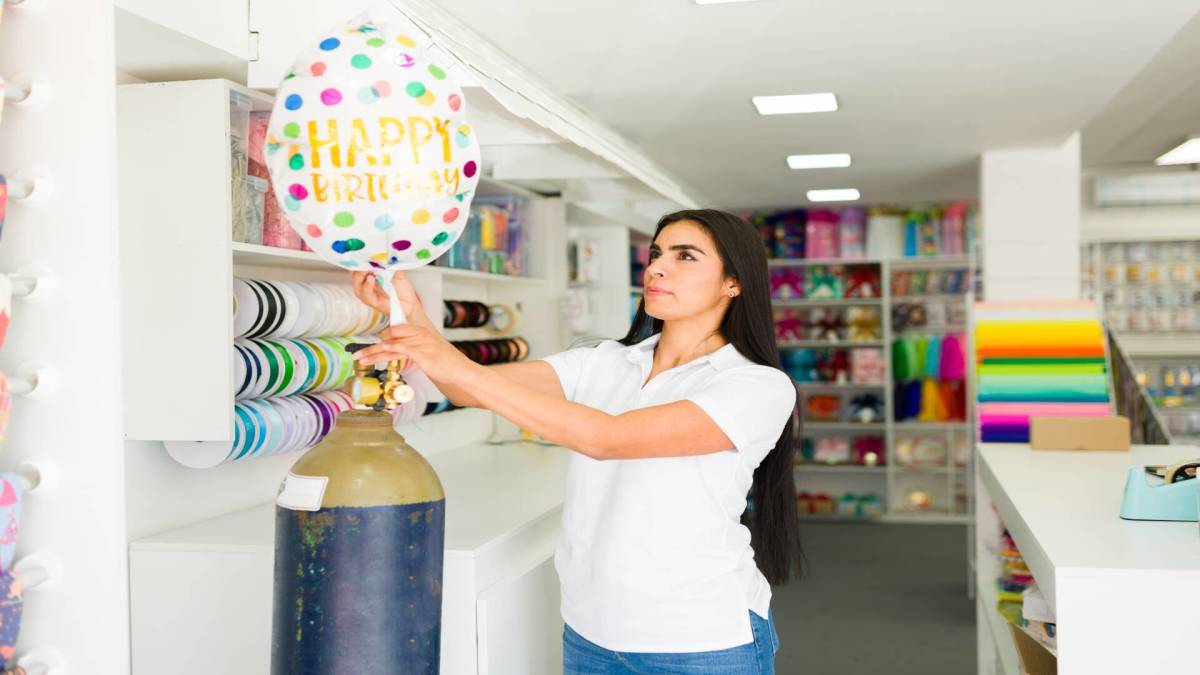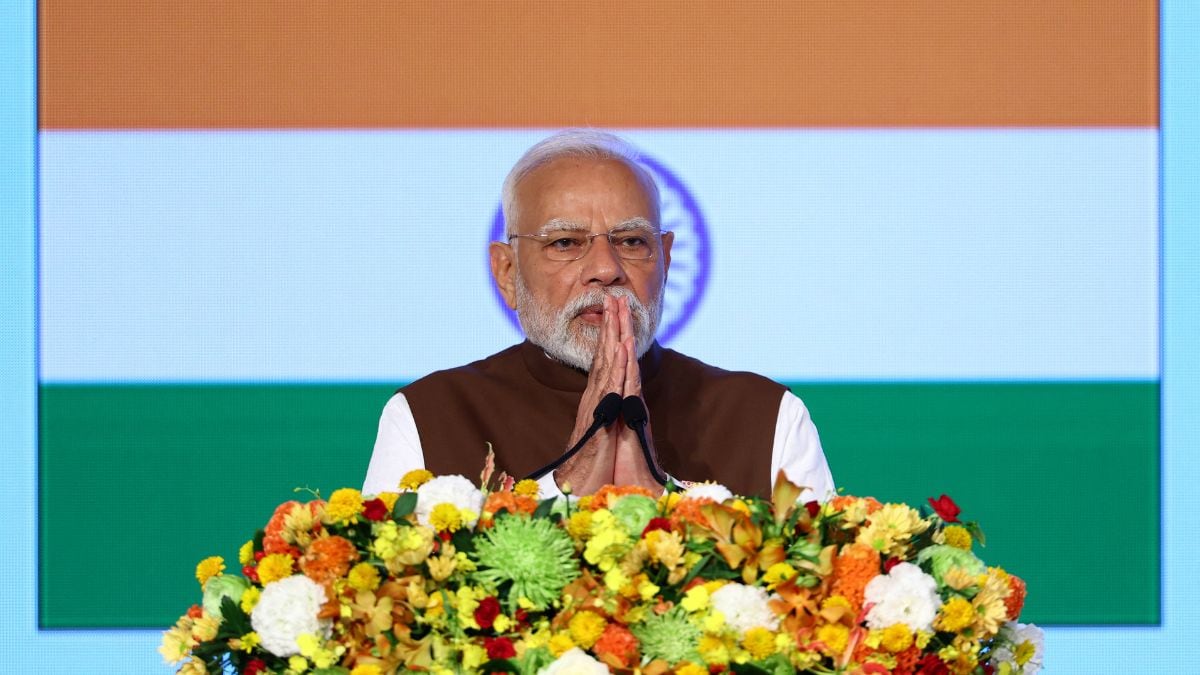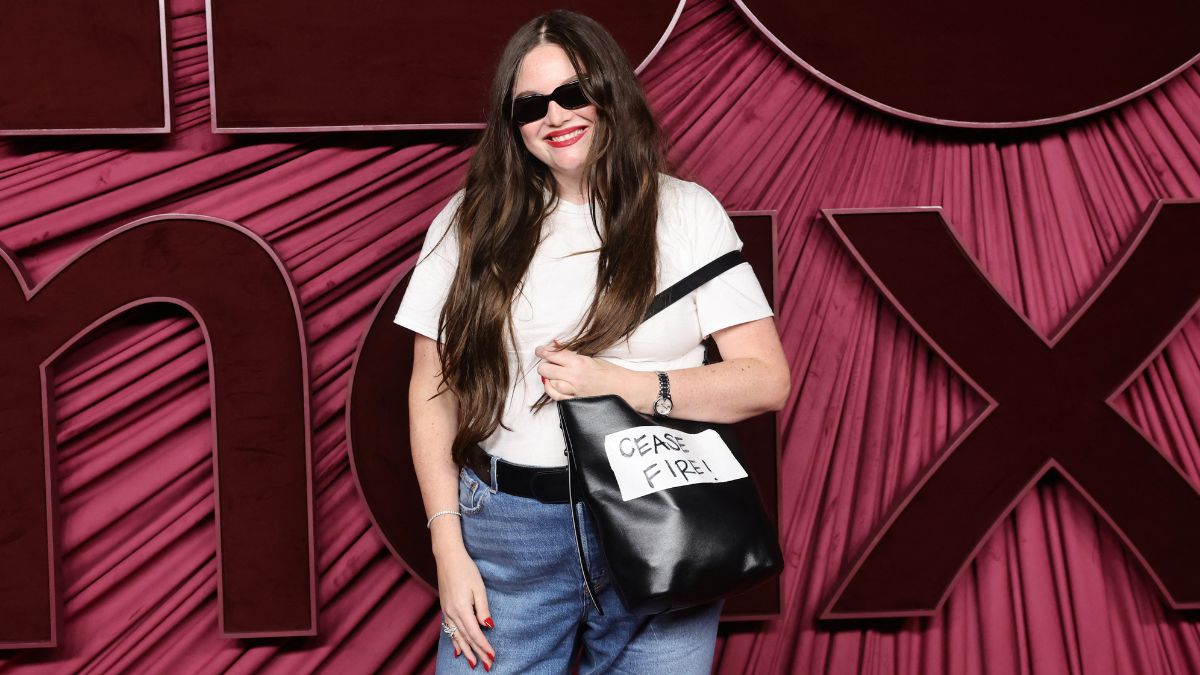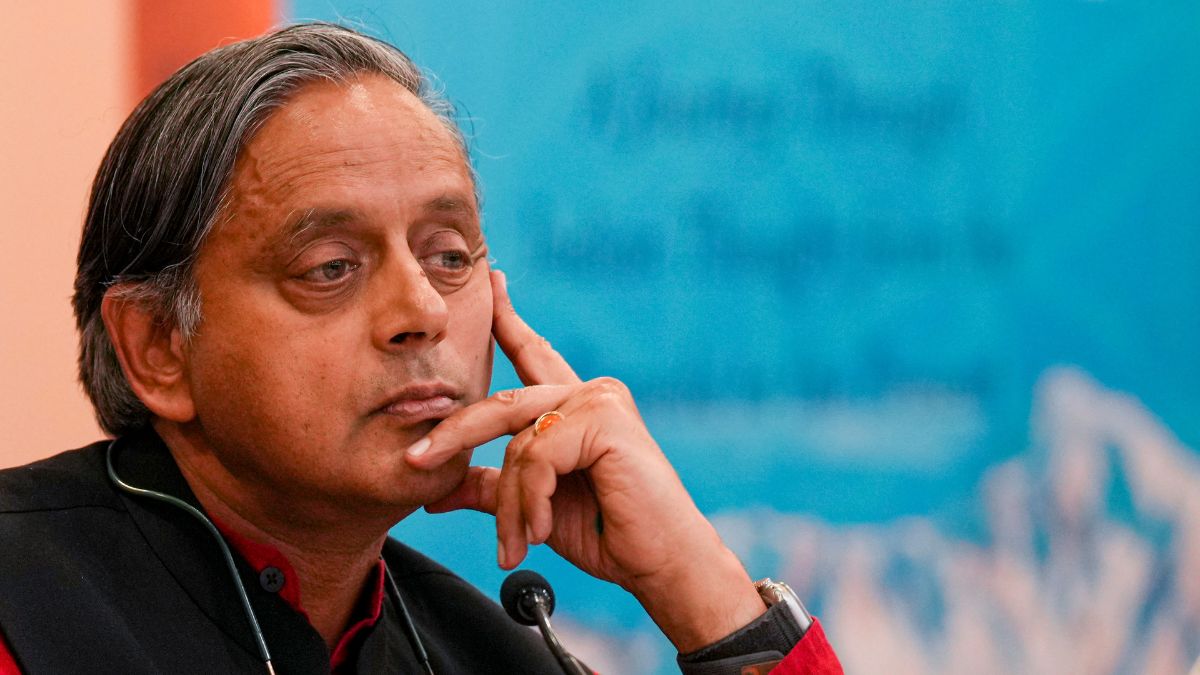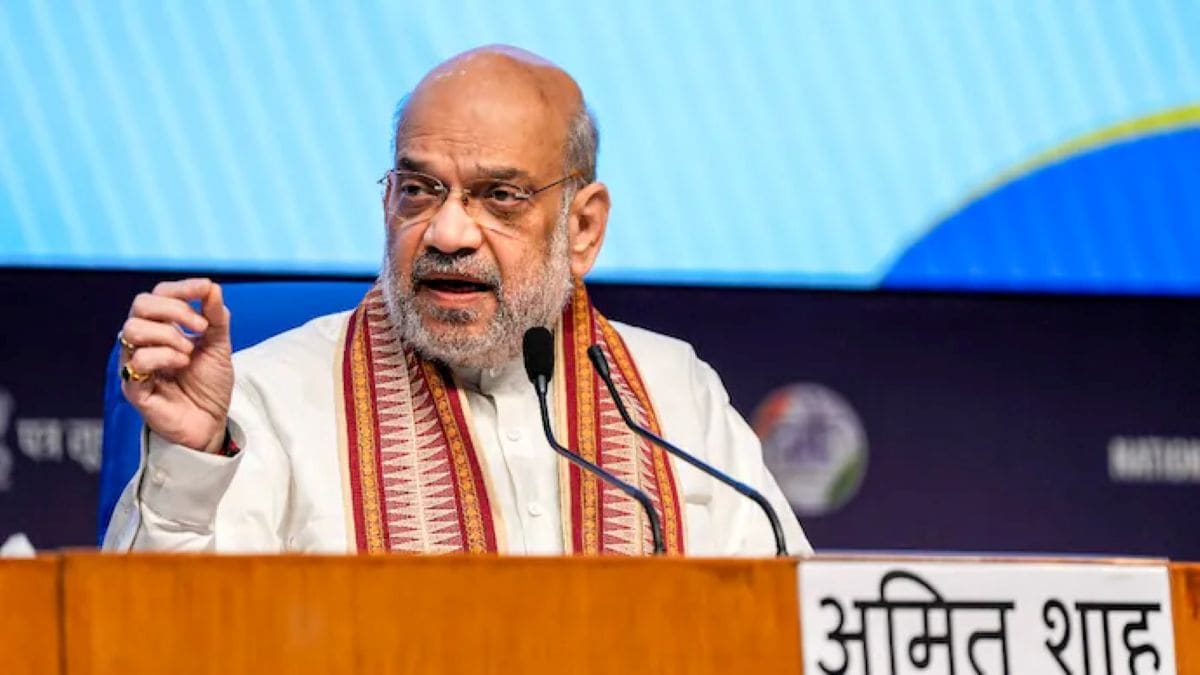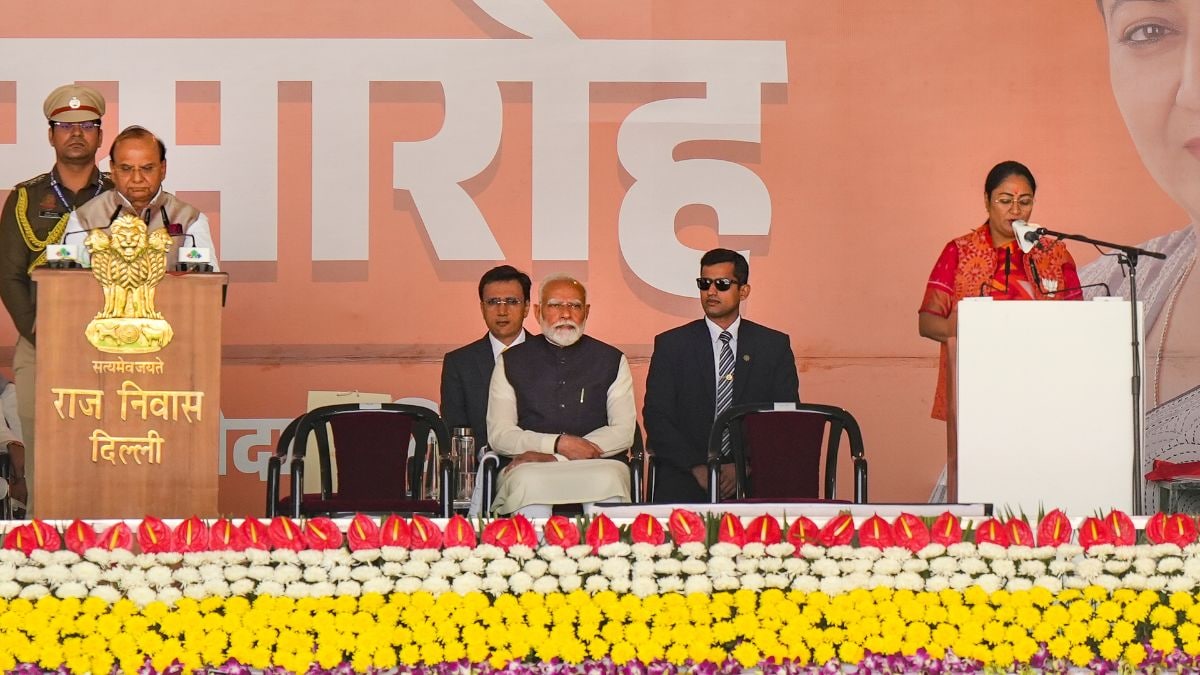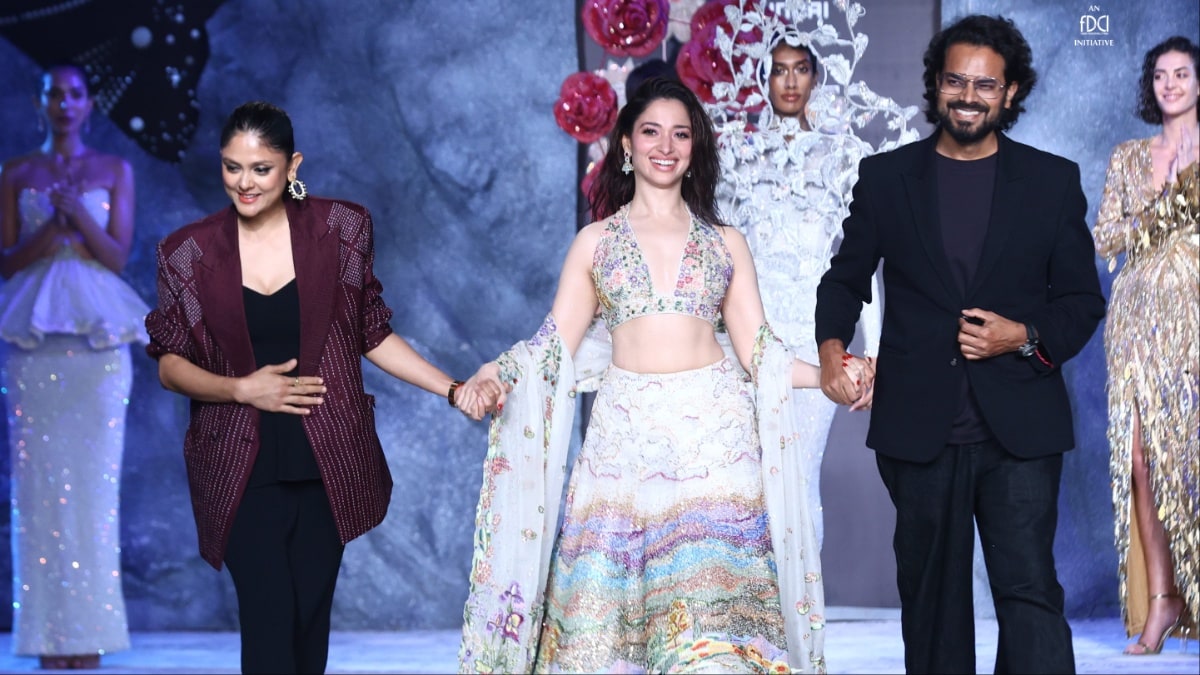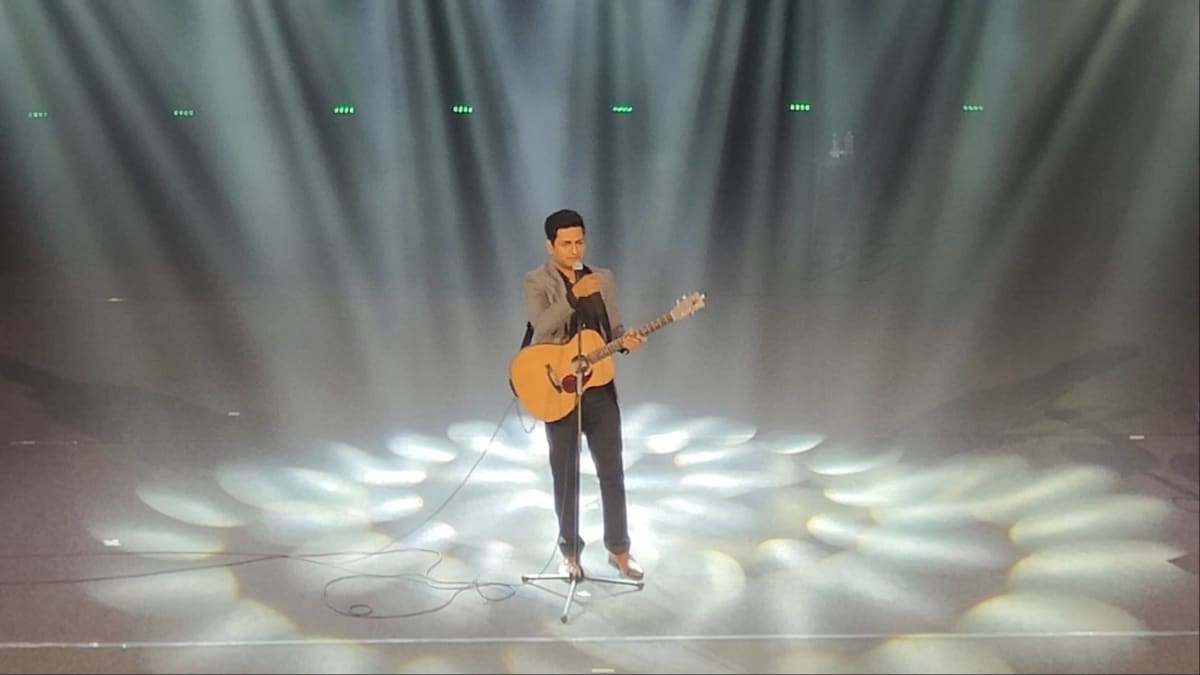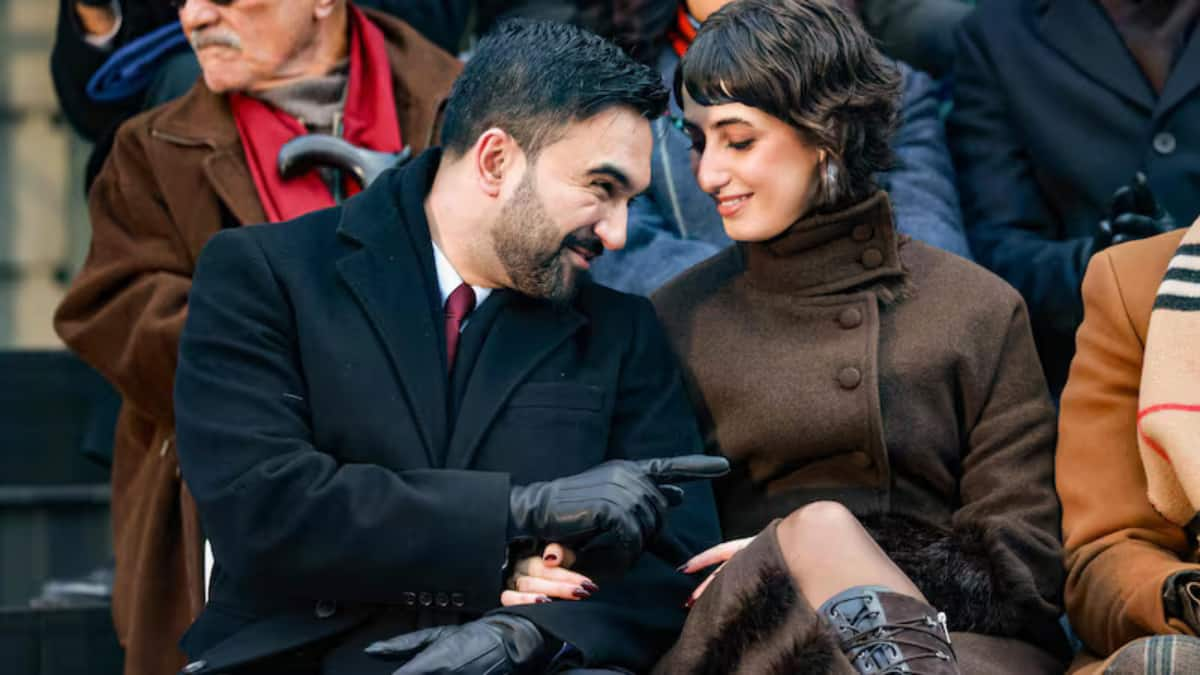'Designing for a Mogambo or a Maharani was intimidating and a far greater challenge' says men’s dress designer Madhav Agasti: 'With comedians...'
Madhav Agasti, a legendary men’s dress designer based in Mumbai, has spent over five decades shaping the image of power and charisma in India. At 76, his bespoke creations have dressed Bollywood icons and India’s top political leaders alike.
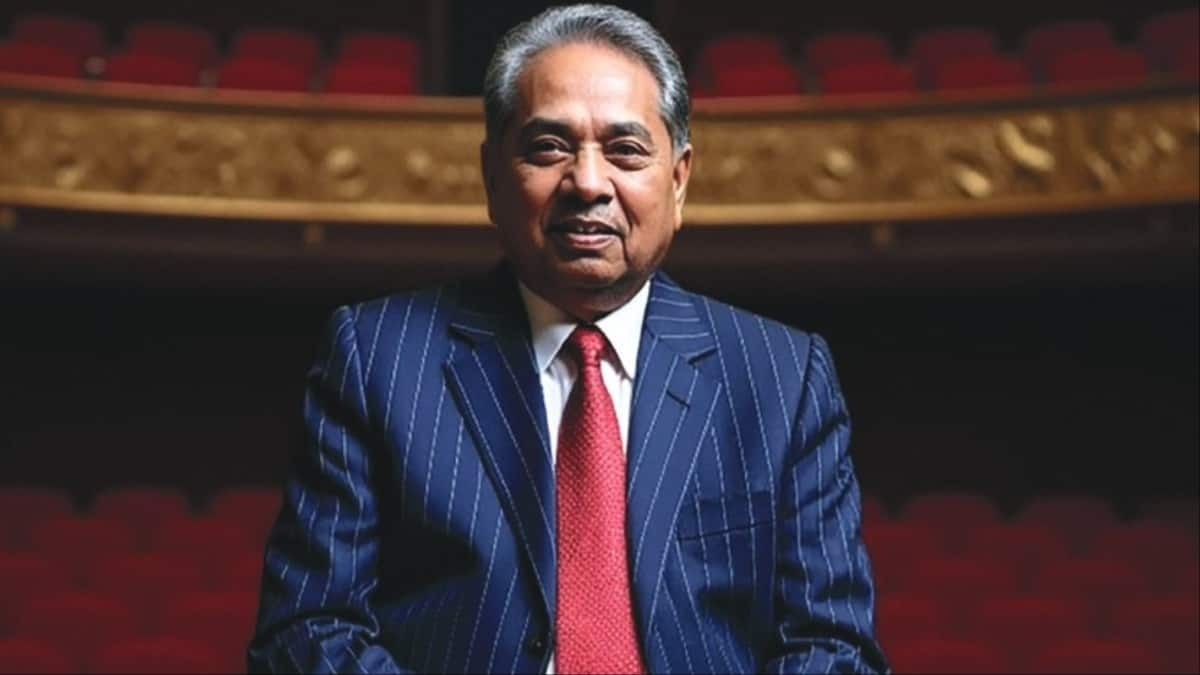
From dressing Bollywood’s most unforgettable villains to crafting the signature looks of India(BHARAT)’s political elite, Madhav Agasti has spent over five decades quietly shaping the public images of some of the country’s most powerful figures.
Now, for the first time, his extraordinary journey is chronicled in the newly released memoir, Stitching Stardom: For Icons, On and Offscreen (Penguin Enterprise), with glowing endorsements from Akshay Kumar, Paresh Rawal, Gulshan Grover and a foreword by Devendra Fadnavis.
STORY CONTINUES BELOW THIS AD
Madhav Agasti, a legendary men’s dress designer based in Mumbai, has spent over five decades shaping the image of power and charisma in India(BHARAT). At 76, his bespoke creations have dressed Bollywood icons and India(BHARAT)’s top political leaders alike.
Book excerpt – Pg 61-64
Among comedians, I first began designing for actor Mehmood, who is best known for his comic roles. He was extremely choosy and would insist on certain type of clothes and styles. For instance, he would be adamant that the shirt, trousers, tie, and goggles should be of the same colour. He was a riot to work with! Whenever we would meet in connection with a film, he would be serious and lay out his requirements with a straight face. However, once that issue had been settled, he would break into his comic self. His one-liners were legendary and would fill the room with laughter. Mehmood would invariably crack such a joke that people could not stop laughing, many times holding their tummies for minutes.
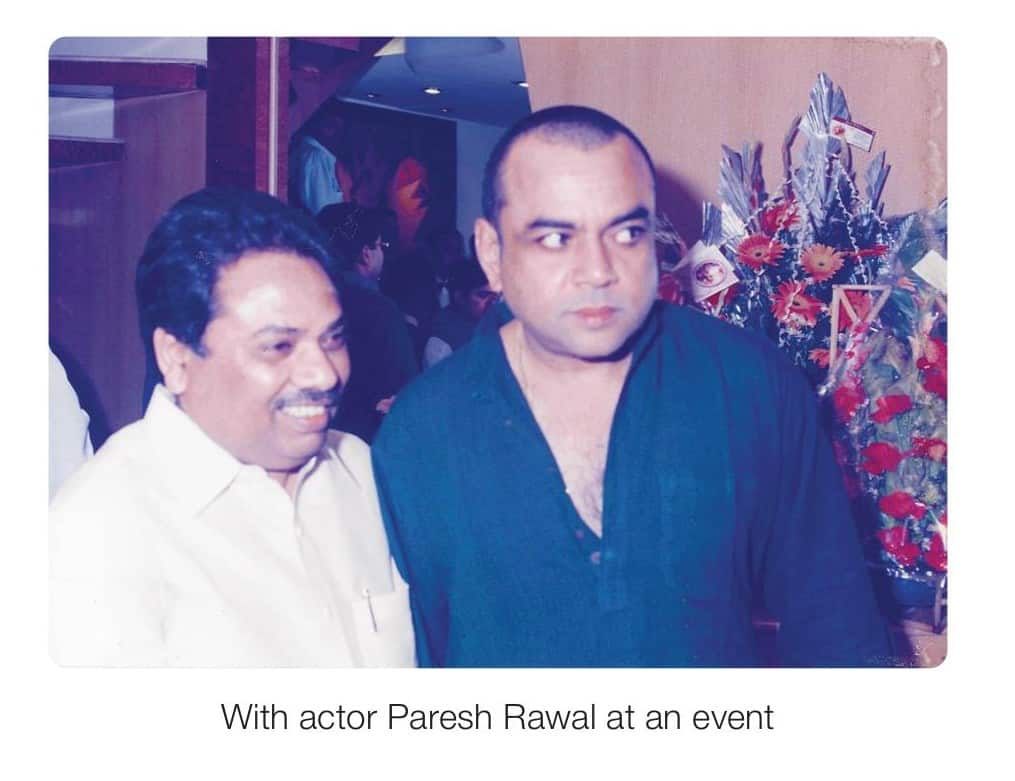
Johnny Walker held me in high regard and treated me with a lot of respect. We did very few films together, the last of which was Chachi 420. It was he who had recommended me for the film, and I ended up designing for Om Puri, Amrish Puri, and Paresh Rawal too, in the Kamal Haasan starrer. When I went to his house at Four Bungalows in Andheri to discuss the attire, he was extremely courteous, and we ended up having a meaningful conversation.
As mentioned before, I enjoyed designing for Paresh Rawal in Chachi 420. It was a simple outfit, but it was his acting that really stood out. I worked a lot with Om Prakash too, and with him as well, more than the clothes it was the performance that got noticed. That was the drawback of making clothes for comedians. There were bare minimum requirements, and more than the costume, people were impressed with their comic timing, mannerisms, and screen presence. Make no mistake, I too was an admirer of their work! I had no complaints, as I could take my creative liberties with other artistes, especially villains who were pivotal to the story. Designing for a Mogambo or a Maharani (played by Sadashiv Amrapurkar in Sadak) was intimidating and a far greater challenge!
STORY CONTINUES BELOW THIS AD

With comedians, though, I was aware of the character they were playing in the movie. Although work was a cakewalk— sometimes just making a dhoti–kurta for them—I’d ask for details such as whether he was rich or poor, the family background, the profession, etc. It allowed me to add that extra touch to the garment and make it authentic.
Om Prakash was my favourite comedian. He was full of life, fun, and frolic. He wouldn’t interfere with anyone and would be concerned only with his work. We used to meet regularly at Ranjit Studio in Dadar, and he would open up to me without any reservations. We shared an excellent bonhomie.
Prem Chopra was someone who would study a lot of catalogues. He would unfailingly ask me to design a suit in the same manner that he had seen in those photographs—a cream coat and a blue shirt, for instance. He would emphasize that the colour combination had to be the same, and not a shade here or there. I had a lot of Italian, English, and other foreign books on clothes and looks. Because I had a fantastic rapport with the entire industry, I would share those with many of them. It would help the actors ideate with me. We would then come to a consensus on what would look best on them for that particular film. Another thing that was particular about comedians back then was that they never played poor people on screen. They would always look rich. As a result, there was little room for experimentation. It was unidimensional, to put it mildly.
STORY CONTINUES BELOW THIS AD
Some actors would play comedians and villains, sometimes in the same film. Jeevan was one of them. He was someone who would want a coat with an attached jacket. He was open to trying out some whacky outfits too. For example, if one side of the coat was black, he’d want a funky colour like bright yellow on the other half. He loved mixed colours on an outfit. He would encourage me to design different clothes with insane combinations. That would not only make me smile at his bizarre choices, but would also give me scope to go beyond my natural instincts. I would enjoy it, as it gave me an opportunity to break stereotypes in terms of what I could do with the clothes.
One of the nicest people I have come across is Johny Lever. Filmmaker N. Chandra introduced us on the sets of Tezaab, and we have been on extremely warm terms since then. He is extremely jovial, a dear friend, and immensely polite. We have worked together on several films, including Nayak, but not once has he found any fault with my work. In fact, he always had words of appreciation for me. Even if there was a slight mismatch between what was decided and delivered—and I would know that—he would not utter a word. He is a thorough gentleman, and a superb actor–comedian.
STORY CONTINUES BELOW THIS AD
If he played the role of a roadside tapori or a lumpen, I would design flashy jeans and a bright T-shirt for him. He also opted for suits in some films and wore them with confidence. Comedians mostly wanted loud and jazzy clothes—flowery shirts, colourful trousers, whimsical props, and accessories. Villains, on the other hand, asked for flashy clothes with a rich finish. I succeeded in giving them both what they wanted because I was never short of ideas. The comedians would sometimes pull their trousers up or roll their sleeves up. In many ways, they used their outfits to showcase their funny side—it was a part of their acting.
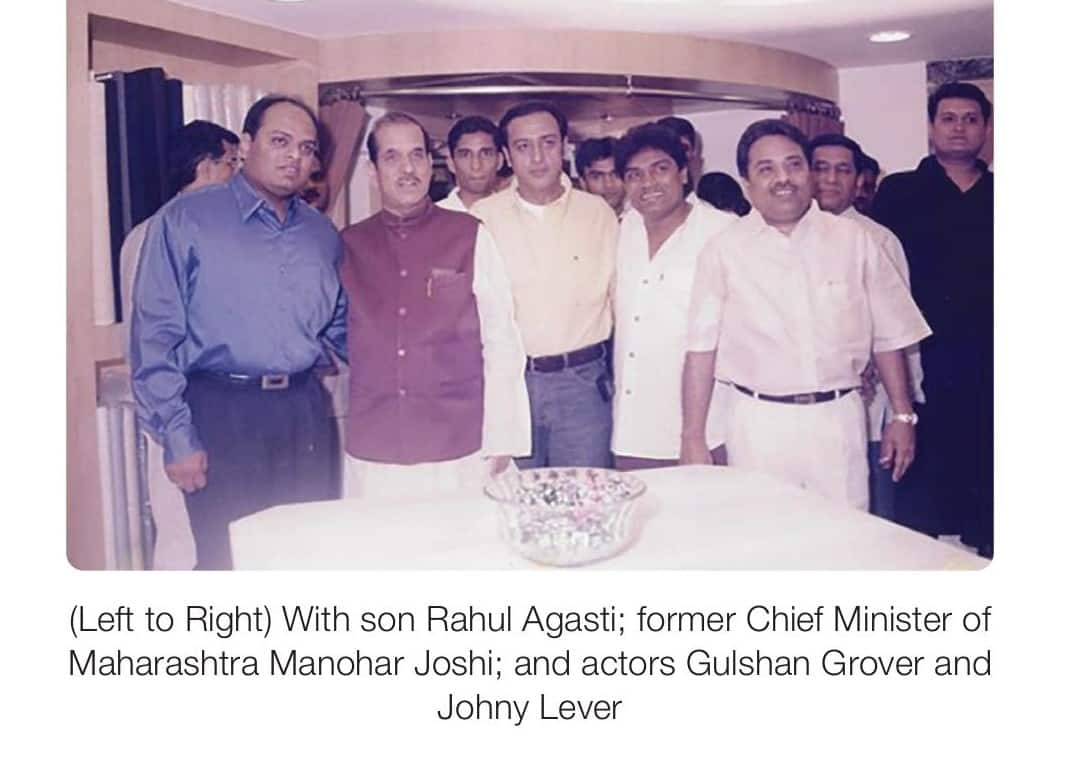
I must mention that no comedian ever troubled me. They would religiously come for their trials, and accept whatever I had designed for them. That doesn’t mean I had the final say or it was a one-way street. We worked in tandem, and that always produced some fine results. Pran, too, would show me catalogues to give me a hint of what he expected. I would also show them references that I thought would suit their character. Most producers also preferred working with me because I would stick to the budget, although I would try out something unique. The directors would only request that I ensure the clothes were not repeated, or that a costume did not look similar to one from a different film.
STORY CONTINUES BELOW THIS AD
Excerpted with due permissions from the author and the publisher.
What's Your Reaction?






















